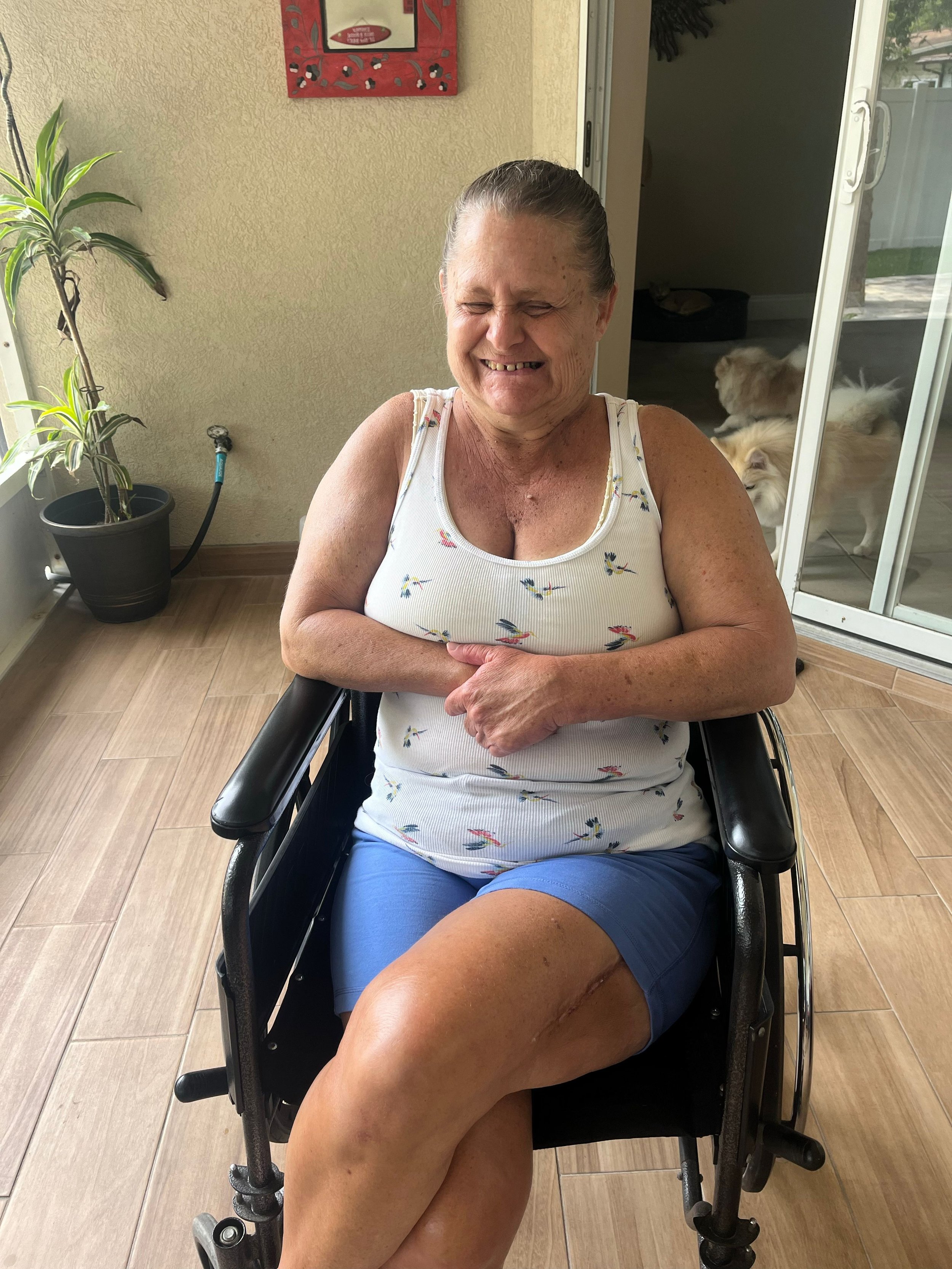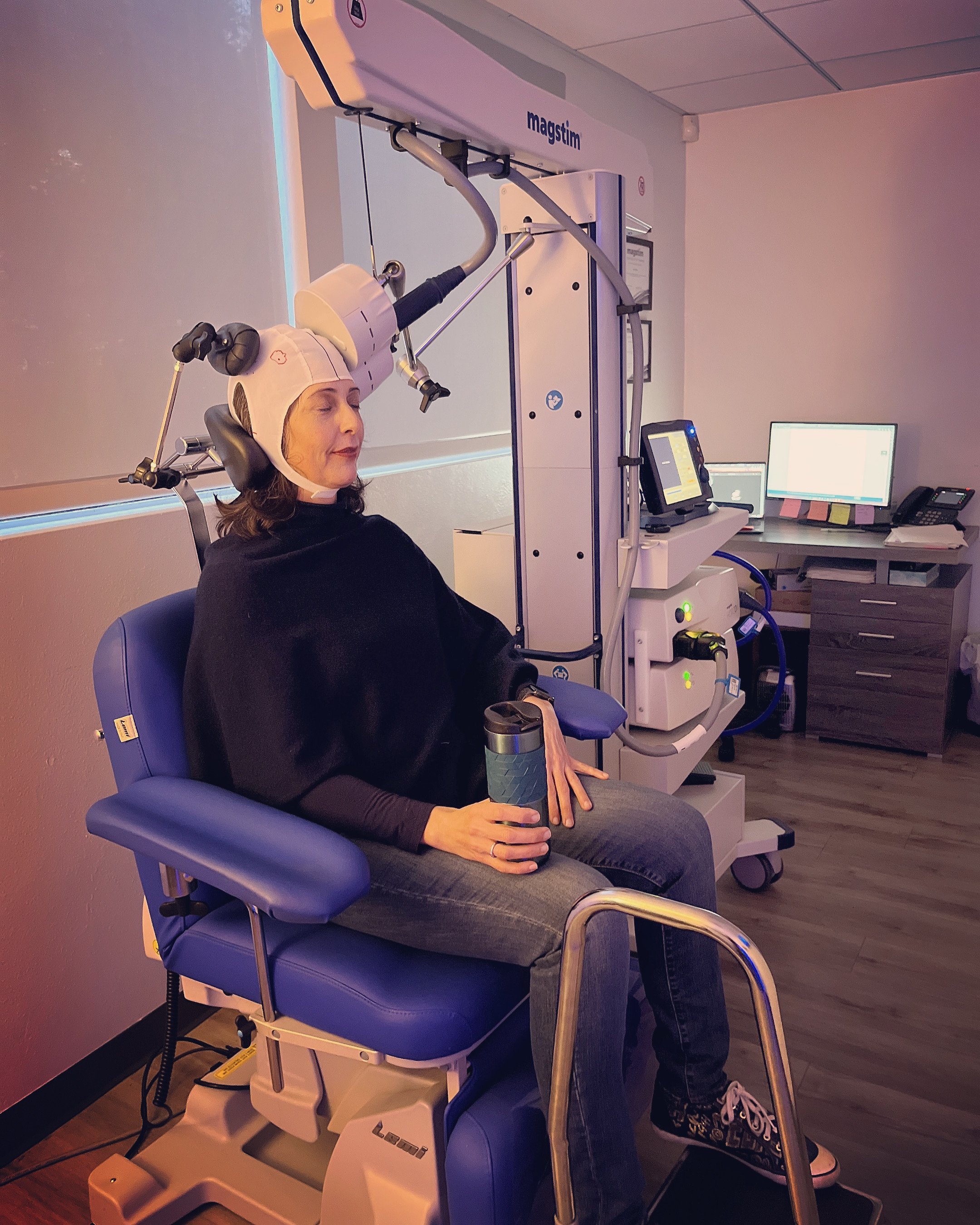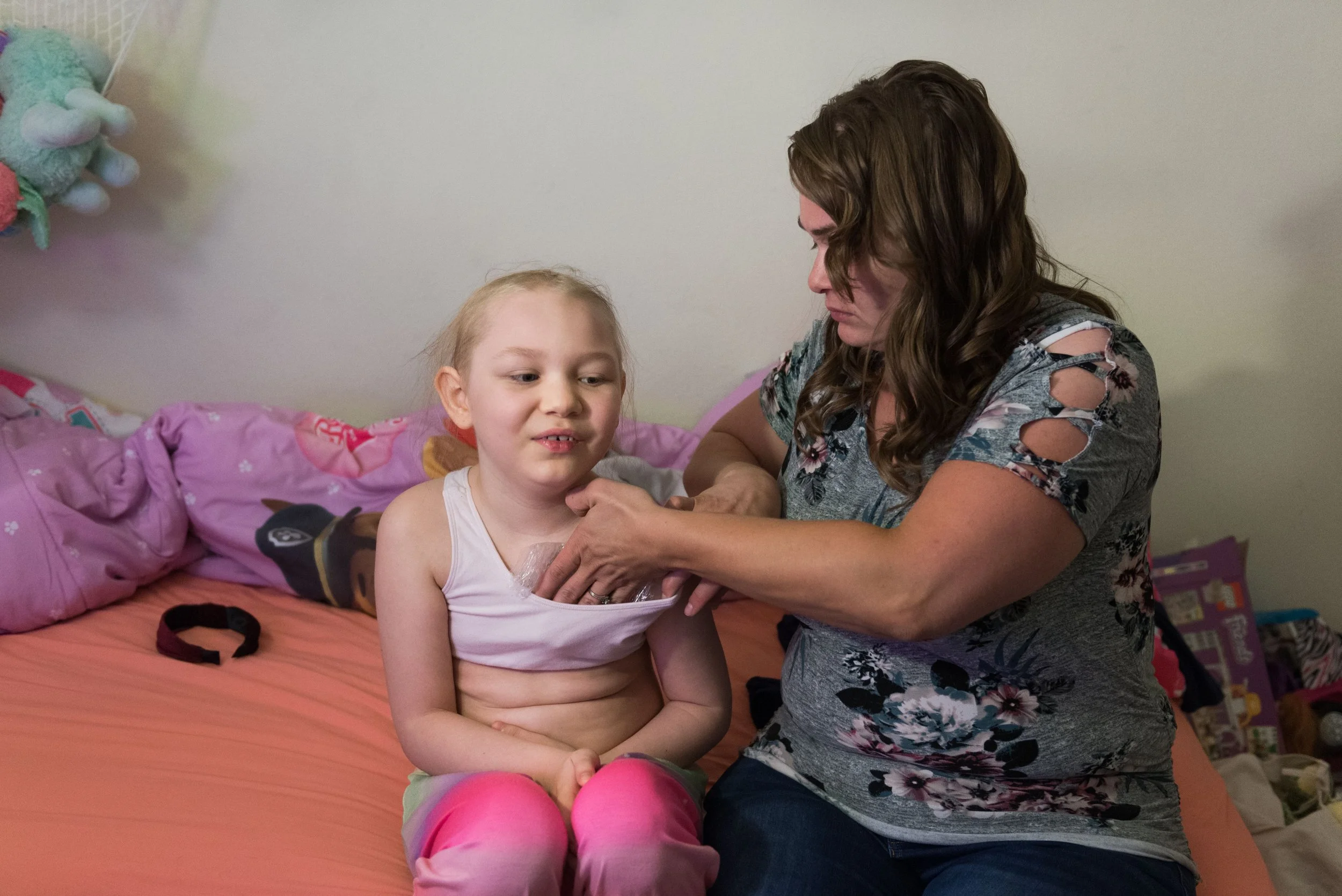Documentary Looks at Plight of Children with Ehlers-Danlos Syndrome
/By Madora Pennington
What would you do if your child were in pain? Not just in pain, but in screaming agony, day in and day out? If your child could no longer function?
The documentary "Complicated" follows four families who have a child with Ehlers-Danlos Syndrome (EDS), a rare genetic disorder that causes collagen and other body tissue to be fragile. EDS, named after the two doctors who first identified its peculiar symptoms, impacts those who have it in wildly different ways.
Collagen makes up a third of the body’s protein and is the glue that holds tissue together. To have defective collagen that stretches when it should hold firm can cause almost any part of the body to malfunction.
Over a century after its discovery, EDS is still poorly understood. There are no treatments to remedy the collagen defect itself. Patients and providers are often left groping for solutions for the damage flawed collagen wreaks.
If you have EDS like I do, you already know that what you are told to do to get better depends on the opinions of the specialists you happen to see. Don’t be surprised if they contradict each other, recommend treatments that have no studies behind them, have no understanding or experience with EDS at all, or recommend what is most lucrative for them.
As we see in Complicated, adolescence can be a particularly fraught time for the EDS child. As the body grows, the weight and stresses of longer, heavier limbs can overload the joints. A growing EDS child may suddenly blow up in pain in places that used to be fine. Former activities can be impossible.
For reasons not well understood, the changing hormones of puberty can provoke a downturn in functioning, with issues like profound fatigue, GI problems, dizziness, allergic reactions, and so on.
Kids who become unable to eat get misdiagnosed with eating disorders. Kids too fatigued to get out of bed get labeled with depression, avoidance, or malingering. These kids are very sick in very strange ways that don’t happen to people with normal collagen.
Failed Surgeries
Spoiler alert and trigger warning for Complicated: two of the teenagers with hypermobile Ehlers-Danlos Syndrome (one of 13 varieties of EDS) tragically succumb in early adulthood. Both underwent extensive spine repairs in their teenage years.
These invasive treatments not only didn’t work, but lead to dangerous complications like loose and infected hardware implanted in their spines that, in the end, could not be repaired and destroyed all quality of life. Unfortunately, the documentary’s audience is left in the dark about how these families came to select these surgeries.
A study from 2012 warned against such surgery, concluding that half the EDS patients experience complications, despite a conservative surgical approach. “The surgeon choosing to operate on EDS patients must do so with extreme caution,” researchers warned.
Another horrifying outcome that Complicated does explore is how EDS families can be accused of medical child abuse (MCA). Also called Munchausen syndrome by proxy, MCA occurs when a parent or caregiver falsifies or exaggerates symptoms in their child and demands treatment that turns out to be harmful. Families with rare, poorly understood and very difficult conditions like EDS can go to extraordinary lengths to seek relief for their child’s suffering.
Andrea Dunlop, host of the podcast “Nobody Should Believe Me” and author of "The Mother Next Door: Medicine, Deception, and Munchausen by Proxy," explains how parents can fall into this trap.
“Munchausen is not seeking a second opinion or even hamming it up a little bit to make sure the doctor takes you seriously. It is a pattern of deliberate and often extremely well-researched deception perpetrated for the intrinsic reward of sympathy, attention, and — to a degree — the sheer thrill of fooling people,” Dunlop wrote.
MCA is diagnosed through medical records. If the records show parents claiming diagnoses for which there is no evidence, diagnoses never actually given by a doctor, or a caregiver’s demand for escalating interventions that pose great risk, those are red flags that something more sinister may be happening.
Complicated leaves out the specifics of how these families ended up under the microscope for MCA. It ends with one family’s joyous reunion and return to a place they love: Disneyland.
For this child, the family complied with child protective services and the courts by stopping excessive medical interventions. For all the EDS cases the documentary looks into, this child fared the best.
Madora Pennington is the author of the blog LessFlexible.com about her life with Ehlers-Danlos Syndrome. She graduated from UC Berkeley with minors in Journalism and Disability Studies.















